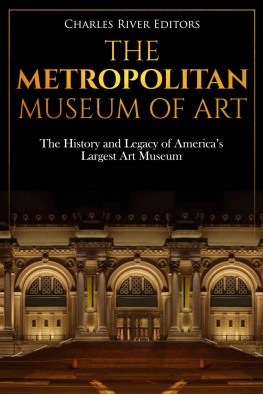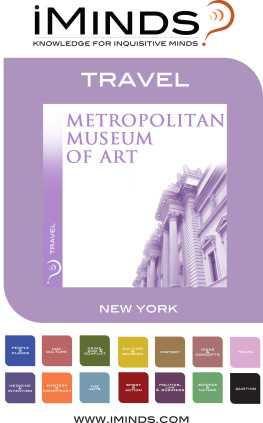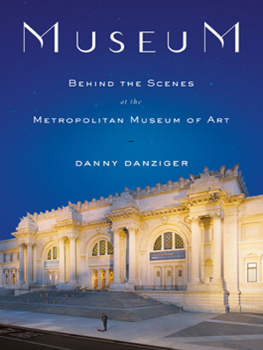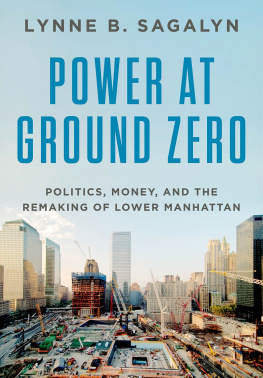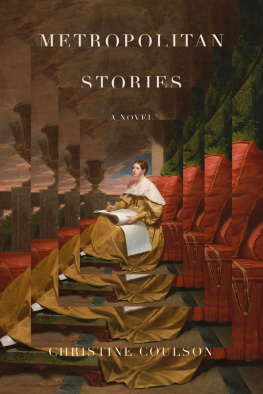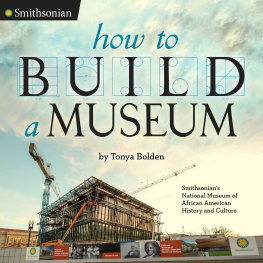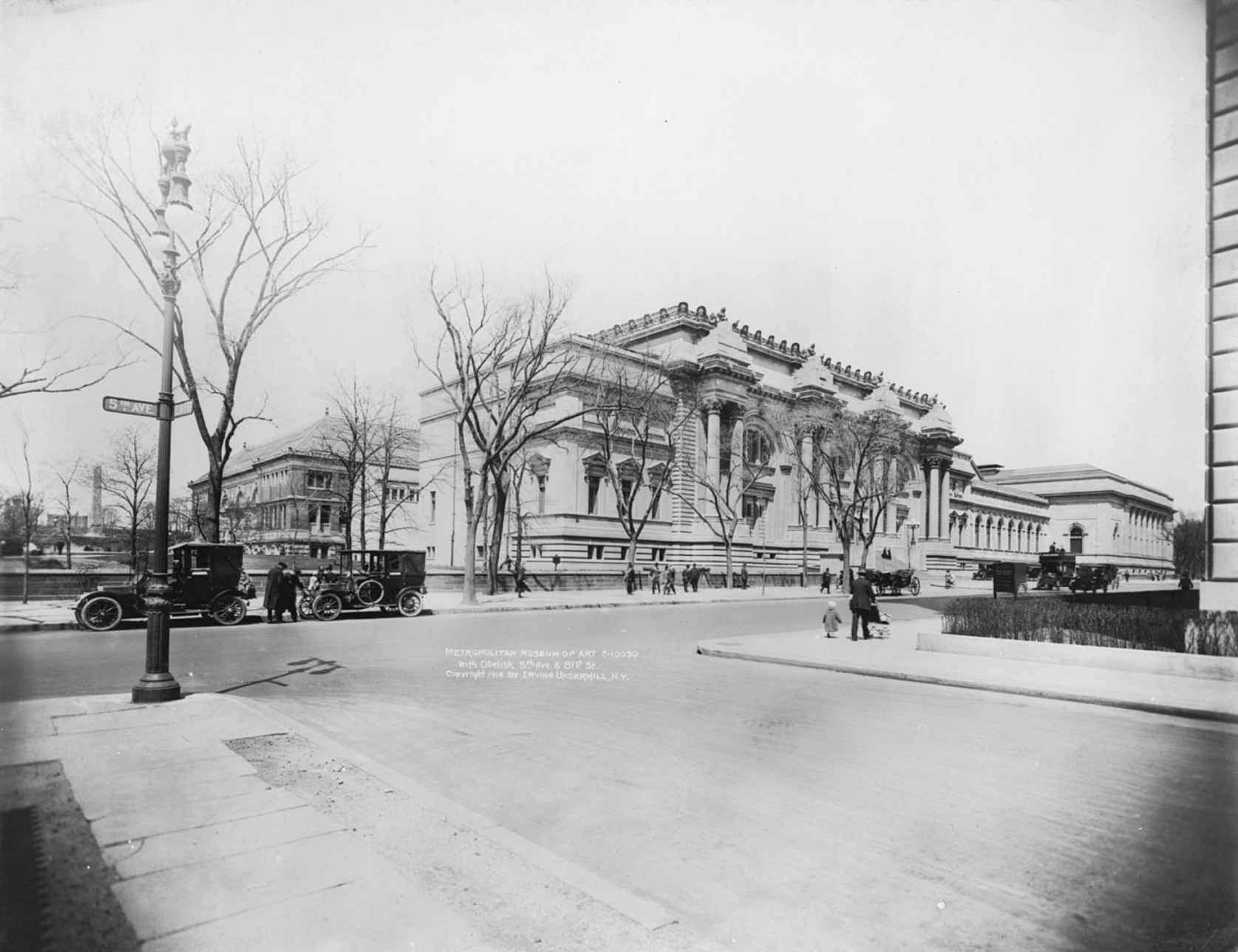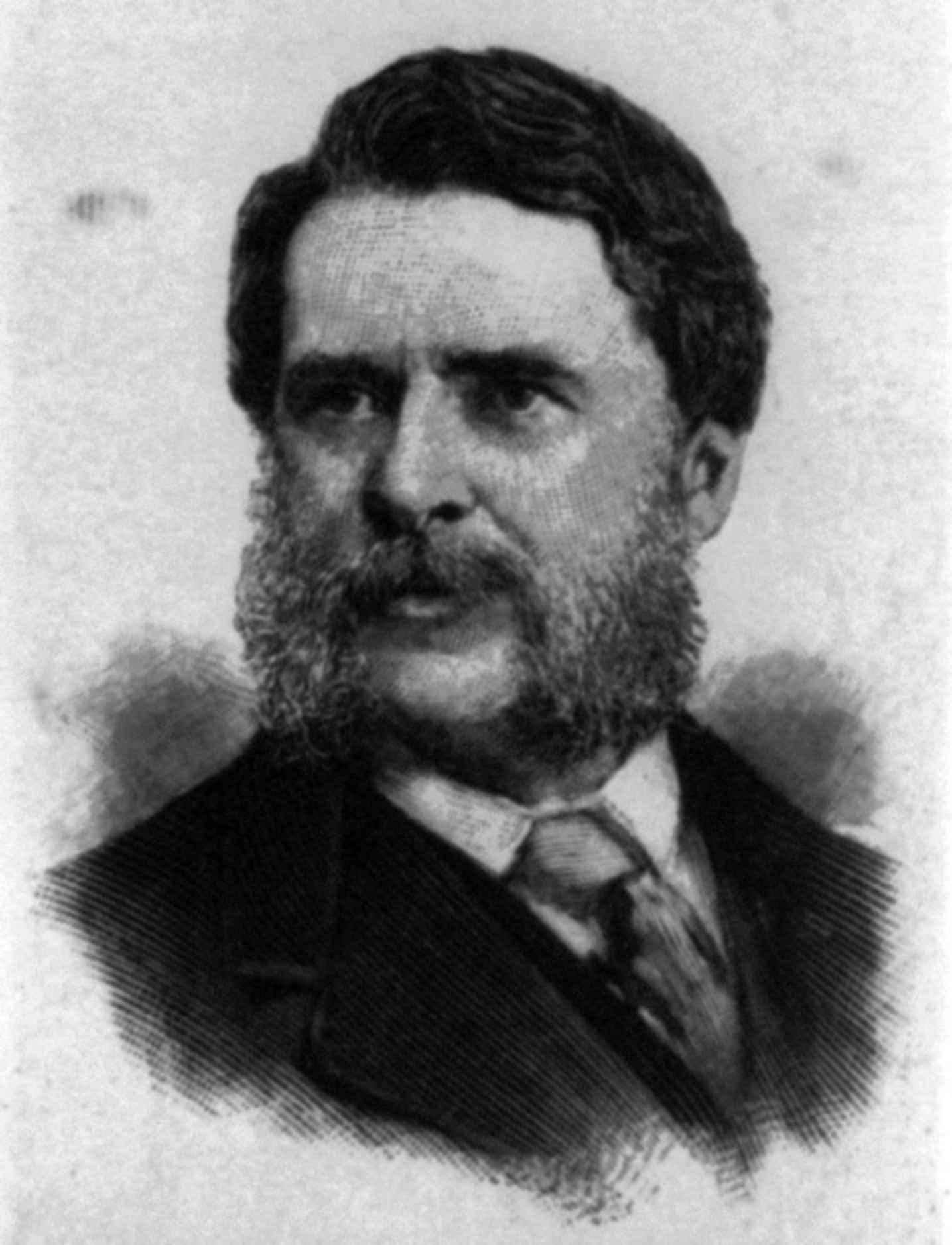Charles River Editors - The Metropolitan Museum of Art: The History and Legacy of America’s Largest Art Museum
Here you can read online Charles River Editors - The Metropolitan Museum of Art: The History and Legacy of America’s Largest Art Museum full text of the book (entire story) in english for free. Download pdf and epub, get meaning, cover and reviews about this ebook. year: 2018, publisher: CreateSpace Independent Publishing Platform, genre: Science. Description of the work, (preface) as well as reviews are available. Best literature library LitArk.com created for fans of good reading and offers a wide selection of genres:
Romance novel
Science fiction
Adventure
Detective
Science
History
Home and family
Prose
Art
Politics
Computer
Non-fiction
Religion
Business
Children
Humor
Choose a favorite category and find really read worthwhile books. Enjoy immersion in the world of imagination, feel the emotions of the characters or learn something new for yourself, make an fascinating discovery.
- Book:The Metropolitan Museum of Art: The History and Legacy of America’s Largest Art Museum
- Author:
- Publisher:CreateSpace Independent Publishing Platform
- Genre:
- Year:2018
- Rating:3 / 5
- Favourites:Add to favourites
- Your mark:
The Metropolitan Museum of Art: The History and Legacy of America’s Largest Art Museum: summary, description and annotation
We offer to read an annotation, description, summary or preface (depends on what the author of the book "The Metropolitan Museum of Art: The History and Legacy of America’s Largest Art Museum" wrote himself). If you haven't found the necessary information about the book — write in the comments, we will try to find it.
*Includes contemporary accounts
*Includes online resources and a bibliography for further reading
The Metropolitan Museum of Art is unsurpassed at presenting more than 50 centuries of work. I go there constantly, seeing things over and over, better than Ive ever seen them before. - Jerry Saltz
Americans are rightfully proud of much of their heritage, especially as it relates to the ideas of democracy and government. The country has spread its ideals throughout the world and rose, in just two short centuries, to a place of global leadership. However, when it comes to art and culture, theres never been any doubt how young the nation is, especially compared to much older nations across the Atlantic. The Metropolitan Museum of Art was created to assuage some of that, and to show the world that America could hold its own with the leading galleries of the rest of the world.
From the beginning, the Met has been unique, because unlike many European museums, the support for the sprawling New York City museum came from modern tycoons and philanthropists, instead of old families with wealth and land. Like the rest of the city, the museum grew quickly, as the millionaires of New York and other cities around the nation vied to see who could donate the most paintings or objects of art. Having ones work in the Met, or contributing to it, became something of a status symbol, a way to demonstrate prestige and importance. Having ones name on a gallery wall or a wing of the always expanding museum could cement a legacy.
At the same time, the Met has always been a place that anyone could visit. Its very charter insisted that patrons be welcomed and educated by what they saw during their visits, a goal the museum has kept in focus for nearly 150 years. And while many European museums cater primarily to tourists, the Met remains something of a hometown treasure for New York City, focusing much of its attention on recognizing and balancing the citys cultural diversity with the needs of its patrons of all ages and socioeconomic backgrounds.
The Metropolitan Museum of Art: The History and Legacy of Americas Largest Art Museum chronicles the remarkable history of the museum and highlights some of its most important pieces. Along with pictures depicting important people, places, and events, you will learn about the Met like never before.
Charles River Editors: author's other books
Who wrote The Metropolitan Museum of Art: The History and Legacy of America’s Largest Art Museum? Find out the surname, the name of the author of the book and a list of all author's works by series.

